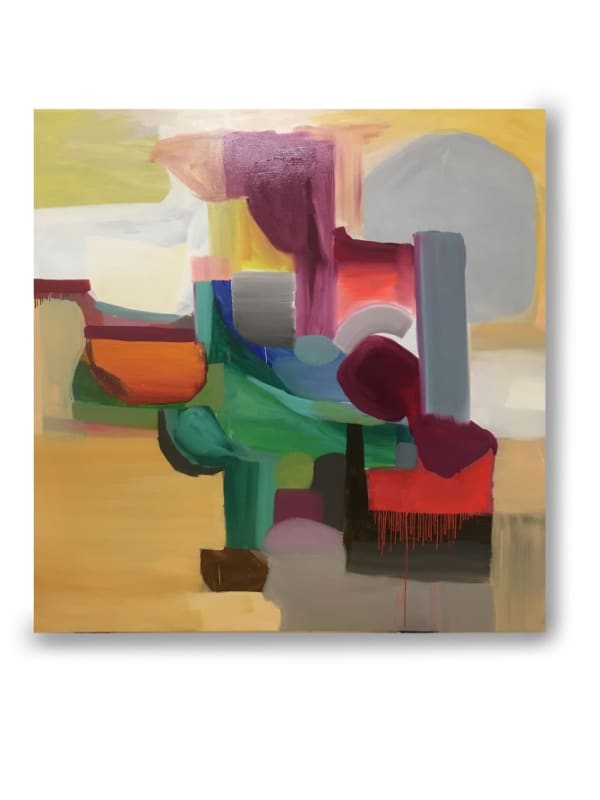The paths of painting have not been easy throughout its history. At the beginning of the 20th century, in particular, it was shattered into countless pieces by the ambitions of the avant-garde: Fauvists, Cubists, Expressionists, Futurists, Abstractionists and Dadaists often fought over their truths, which made the artist and revolutionary Alexander Rodchenko declared painting dead, considering it “unproductive” within the then new communist reality.
Amidst the wreckage and death decrees, however, the luminous and optimistic belief in painting was never truly interrupted. Just remember that in 1912, a brief but remarkable pictorial melody had been able to overcome the adversities and fierce critical clashes caused by the painful First World War: Robert and Sonia Delaunay, Frank Kupka, Fernand Léger, Francis Picabia, and, even, a young Marcel Duchamp led the poet Guillaume Apollinaire, in the midst of industrial modernity, to remember the Greek myth of Orpheus to give name to a movement – Orphism – which associated the intangible and lyrical dimension of music with the formal and, mainly, chromatic rhythms of paint on the screen plane. Like pilgrims heading to an uninhabited critical terrain that is difficult to summarize in figurative terms, the Orphists created works of great magnitude, not in terms of scale, but with regard to the invention of a new artistic language: abstraction.
Traveling through the terrain of this vocabulary invented around a century ago, Duda Moraes, from Rio, paints “La Huaca”, “Sacsayhuaman”, “Atahualpa” and other works of great vigor and eloquence, created shortly after her trip through Peru and which are part of her first solo show in Belo Horizonte. These are works that bear in their titles and on their surface the marks of his not only physical, but also sensitive journey through lands neighboring our country. These chromatic traces, full of contrasts and explicit sensitivity, refer precisely to certain ambitions of the brief, but striking, Orphist movement and displace it temporally by connecting it in a unique way to Peruvian culture, which in turn assimilates indigenous and Spanish traditions. In the movement operated by Duda, the European avant-garde dialogues and contrasts simultaneously with ancestral Inca myths and with the particular Baroque of the Andes in the middle of Minas Gerais, reaffirming painting's ability to poetically and conceptually connect moments and places that are often distanced by impressive historiographies.
In “Coricancha”, a large-format work that deserves to be highlighted, a dense and luminous yellow disc of oil paint is located at the top of the painting and floats over stains to symbolically refer to the Inca “golden temple”, located in Cusco. In this work, forms that are multicolored organically, but that sometimes hint at a certain geometric character, sometimes juxtapose themselves, sometimes intertwine, conceiving a kind of landscape or unconscious construction, suggesting the sensations of the artist's contact with the material and immaterial power of the sacred building in question. For Duda, it may be impossible to represent exactly the impact of his experience when entering this unique space. In this way, the fleeting and commendable nature of the ambiguity of the abstraction of this painting masterfully serves to recall the perplexity that many of us feel when we immerse ourselves and give ourselves body and soul to certain spaces dedicated to the sacred.
In a time of sensationalist and supposedly relational arts, Duda's works romantically seek to walk through places that escape massification and consumerist anxiety or, even, a shallow idea of Brazilianness. The artist's interest lies not only in the physicality of the canvas and paints, but in an individual, emotional and immaterial journey. It is not just a walk through mountainous and holy lands, homes of people who suffered and still suffer from the colonialist invasion. The artist's works reveal a journey that will never end in a concrete and specific place, as the destination of the true sacred land of painting evoked by Duda is infinity.
Alvaro Seixas
Rio de Janeiro, March 2017.

